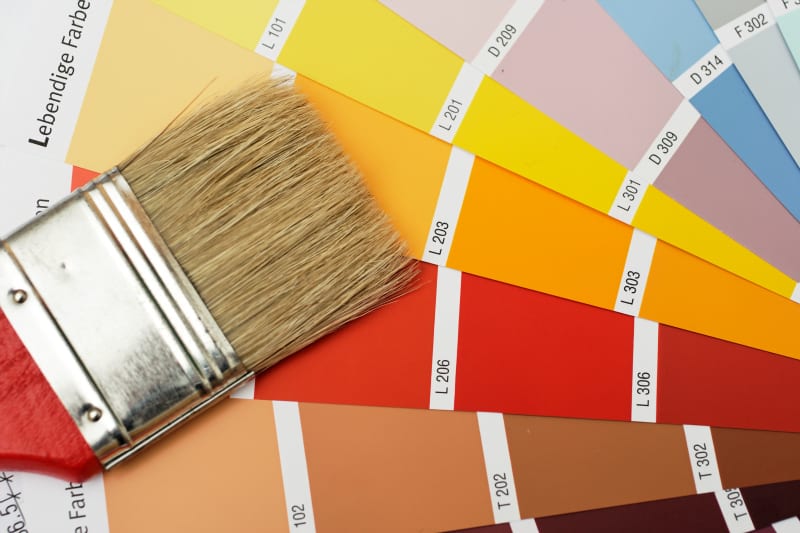Customer
Interior house painting tips
Interior house painting can be a messy, time-consuming task. Timothy Brown shares essential tips on how to make house painting as pain-free as possible.
Staff Writer
Oct 13, 2010

Interior house painting can be a messy, time-consuming task. Timothy Brown from Shades & Tones shares essential tips on how to make house painting as pain-free as possible.
Preparation
- Wash the area with sugar soap and mould killer.
- Fill any holes with gyprock mutli-coat filler and sand until smooth. Fill gaps between skirting and wall with flexible gap filler. Use a wet rag to smooth and tidy up any excess on the skirting.
- Use a a heat gun on cold days to to help the filler dry. A heat gun can also be used to dry paint.
- Apply a strip of masking tape along the skirting and a drop sheet on the floor to protect the woodwork and floor.
Paint
- Paint should be stirred well to get the resin off the bottom of the pot. Add a splash of Floetrol – paint conditioner to help the paint run smooth.
- It’s good to use a methylated spirit based paint with an anti-mould agent to cover dirty markings, such as pen and prevent mould growth.
- Be careful not to overfill your painting pot or you’ll get too much paint on your brush and make a big mess.
- Always keep one side of your pot clean so you have somewhere to rest your brush.
Painting
- Professional painters start with a technique called “cutting in”.
- Cutting in involves painting the edges of the area you’ve covering by using your eye as a guide to paint a straight line. There’s no real secret to it – the more you practise, the better you’ll get!
Using A Roller
- Load paint on the roller by repeatedly rolling it away from you (in one direction).
- Don’t start right at the edge but closer to the middle of the wall so you can offload any excess paint.
- Roll from the top to the bottom of the wall in one smooth movement. You won’t get the coverage you need in 1 coat, especially if you’re painting over a coloured wall, so you’ll generally need 2-3 coats.
Care & Maintenance
- Brushes can dry out within minutes (especially on a really hot day) so when not in use make sure you cover them with a wet rag.
- Make sure you clean up your painting gear straightaway before all paint dries out. A quick soak should do the trick.
Happy house painting!